Have you ever wondered if your healthcare organization is leaving money on the table? Are outdated manual processes holding you back from achieving your full profit potential?
Imagine a system where claims are processed faster, errors are minimized, and your team has more time to focus on what truly matters, patient care.
Stay with Cadence Collaborative to uncover practical strategies and learn how automation can transform your healthcare claims process into a profit-boosting powerhouse.
What Is Claims Automation in Healthcare?
Picture this: You’re drowning in a sea of paperwork, trying to keep up with an endless stream of insurance claims. Sound familiar? Well, we’ve got some great news for you! Claims automation is here to save the day and trust us, it’s a game-changer.
Claims automation in healthcare refers to the use of technology to streamline and optimize the process of managing insurance claims. This involves automating various steps in the claims lifecycle, from generation to submission, tracking, and appeals management.
The primary goal of claims automation is to reduce the manual workload associated with processing claims, thereby increasing efficiency, reducing errors, and speeding up reimbursement times.
From Claim Generation to Appeals
Claims automation takes care of the entire process, leaving nothing out. Here’s how it makes every step smoother and more efficient:
1. Claim Generation
Say goodbye to manual data entry! Automation pulls the necessary information directly from your electronic health records (EHR), ensuring claims are created quickly and accurately.
2. Submission
No more printing, faxing, or mailing forms. Automated systems submit claims digitally with a click, speeding up the process and eliminating delays.
3. Real-Time Tracking
Wondering where your claim is? Automation lets you track it step-by-step, so you’re always in the know—no more guesswork or waiting.
4. Appeals Management
Even with the best systems, some claims get denied.
When that happens, automation steps in to quickly prepare and manage appeals, giving you a better chance at securing reimbursement without extra hassle.
How to Implement Claims Automation Successfully
Getting started with claims automation doesn’t have to be complicated. Here’s a simple step-by-step approach to make the process smooth and effective:
1. Look at Your Current Workflows
Start by reviewing how you currently handle claims. What tasks cause the most delays or errors?
Focus on areas like manual data entry or frequent denials, these are the best places to introduce automation first.
2. Pick the Right Software
Choose a claims automation tool that works well with your existing systems, like your EHR and billing software.
Make sure it’s easy to scale as your practice grows and comes with reliable support to help along the way.
3. Roll It Out in Steps
Don’t try to automate everything at once. Start with the areas that need the most help and introduce automation gradually.
This keeps things manageable and helps your team adjust to the new system.
4. Track Your Progress
Once the system is running, keep an eye on how it’s working. Are you seeing fewer errors? Faster payments?
Use these insights to fine-tune the process and find other ways to improve.
5. Partner with Cadence Collaborative
Implementing automation doesn’t have to be overwhelming. At Cadence Collaborative, we specialize in helping healthcare providers set up and optimize claims automation.
From identifying key opportunities to ensuring seamless integration, we’re here to guide you every step of the way.
Essential Metrics to Track the Success of Claims Automation
To understand the impact of claims automation on your revenue cycle, it’s important to track the right metrics.
These key indicators will help you measure success and identify areas for further improvement:
Clean Claim Rate
This metric shows the percentage of claims processed error-free on the first submission.
A higher clean claim rate means fewer denials and faster reimbursements—clear evidence that automation is reducing errors and improving accuracy.
Days in Accounts Receivable (DAR)
DAR measures how quickly payments are received after claims are submitted.
A lower DAR reflects faster cash flow and improved revenue cycles, showcasing the efficiency gained from automation.
Denial Rate
Track how often claims are rejected by payers.
A declining denial rate is a strong indicator that automation is catching errors and aligning claims with payer requirements before submission.
Re-Submission Frequency
Re-submitting claims takes time and adds administrative burden. Monitoring this metric helps you see how effectively automation minimizes the need for re-work, saving both time and money.
By focusing on these metrics, healthcare providers can clearly see the financial and operational benefits of claims automation.
With the right tools in place, tracking these numbers becomes simple and provides actionable insights to continually optimize your revenue cycle.
Emerging Trends in Claims Automation

At Cadence Collaborative, we understand that the landscape of healthcare claims automation is evolving at an unprecedented pace.
New technologies are not just enhancing efficiency but redefining how we approach the claims process altogether.
AI-Powered Predictive Analytics: Stopping Denials Before They Happen
AI-powered predictive analytics is like having a roadmap that highlights potential obstacles before they even arise. Here’s how this technology is making an impact:
- Proactive Problem-Solving: By analyzing vast datasets of historical claims, AI can identify patterns and flag issues that might lead to denials, enabling providers to address them before submission.
- Continuous Learning: Unlike static systems, AI adapts to new data and evolving payer policies, becoming increasingly effective over time.
- Resource Optimization: This proactive approach helps focus resources on claims with the highest risk, saving both time and money.
Machine Learning: Streamlining Denials Management
Machine learning is enhancing the way providers manage denied claims, making the process more efficient and precise:
- Automated Appeals: Algorithms can analyze denial reasons and generate appeals that are more likely to succeed, speeding up the reimbursement process.
- Customized Strategies: By learning from past outcomes, machine learning tailors strategies for specific payers or claim types, improving success rates.
- Dynamic Adjustments: As payer requirements evolve, machine learning systems adjust in real-time, ensuring compliance and reducing rejection rates.
Blockchain Technology: Enhancing Transparency and Security
Although still emerging in healthcare, blockchain technology is showing promise in transforming the claims process:
- Immutable Audit Trails: Blockchain creates a permanent, secure record of every step in the claims process, minimizing disputes and fostering trust.
- Smart Contracts: These automated agreements can trigger payments as soon as conditions are met, expediting reimbursements and reducing administrative delays.
Integration of IoT and Wearable Data
The rise of IoT and wearable health devices is adding a new layer of sophistication to claims automation:
- Real-Time Health Data: Wearables provide continuous patient data, improving the accuracy of claims and reducing denials related to medical necessity.
- Enhanced Fraud Detection: Comparing claims data with real-time health information helps identify inconsistencies and prevent fraud.
These emerging trends in claims automation are reshaping the healthcare billing landscape. By adopting and understanding these technologies, providers can improve efficiency, enhance accuracy, and maximize financial performance while adapting to the ever-changing demands of the healthcare industry.
Unlock Profit Potential with Claims Automation
Switching from manual processes to automated systems might sound daunting, but that’s where we come in.
At Cadence Collaborative, we’re not just another provider – we’re your partners in profitability. We offer:
- Tailored automation solutions that fit your unique needs;
- Smooth transition support to ensure minimal disruption;
- Ongoing optimization to maximize your financial benefits.
Don’t let outdated processes hold you back. Reach out to us, and let’s unlock your practice’s full financial potential together.
Give us a call at (401) 743-2428, and let’s start your journey to financial growth and sustainability today.






